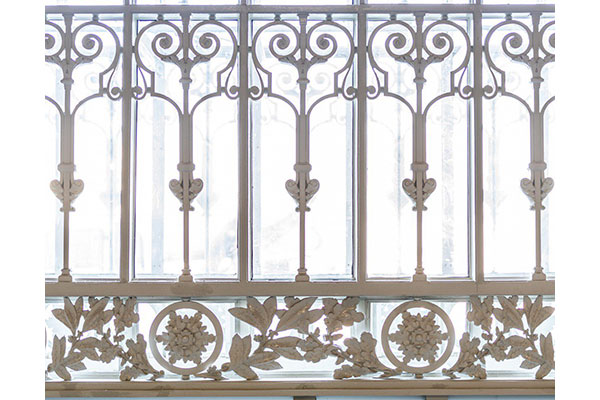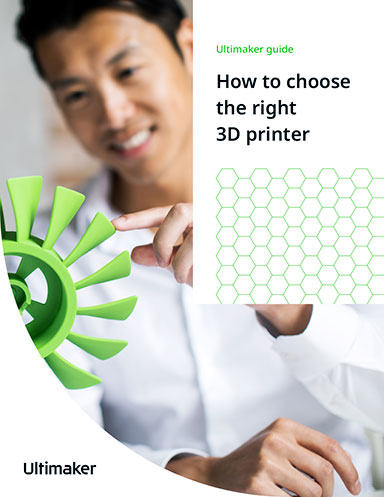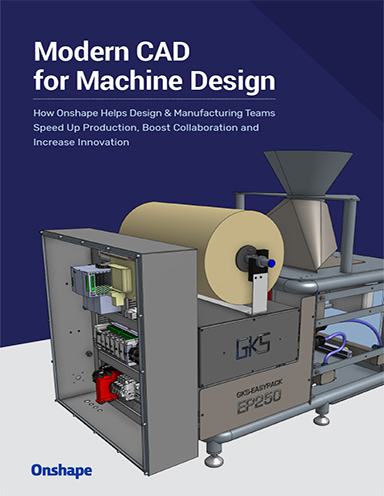Ford Teams Use 3D Printing to Highlight Details of Michigan Central Station
This hub, it is said, will be an anchor of the Michigan Central mobility innovation district when scheduled to open in 2023.

Handcrafted window rosettes and filigree are matched as much as possible through 3D scanning. Image courtesy of Ford.
Latest News
April 21, 2022
Some teams at Ford are combining their talents to help restore some intricate details of Michigan Central Station. This hub will be an anchor of the Michigan Central mobility innovation district when scheduled to open in 2023.
The technology being used will help recreate hundreds of Beaux Arts-style elements of the century-old former train depot, such as rosettes and filigree that adorn the large arch windows on the north, east and west sides of the building.
Various teams at Ford, including research and advanced engineering, Ford Land, manufacturing technology development, and nondestructive evaluation are using their expertise in 3D computer-aided design processing, 3D scanning and 3D printing to remake the detailed window elements, and some of the building’s ceiling tiles.
According to Bob Bedard, supervisor, additive manufacturing plastics, the 3D printing can help keep the original aesthetic of the rosettes, filigree and ceiling tiles in their architectural element.
A lot of original elements had been taken or were broken from when the station closed in 1988 and when Ford started restoring the building 30 years later. First, teams used photographs of the originals to create replicas, and they could start 3D scanning the items when originals were donated back to Ford. They were scanned, in part, by Ford’s manufacturing technology development team.
Prior to scans being printed, they were reverse engineered by Ford’s nondestructive evaluation team through a CAD method that restores each scan to their original design. Scans of broken pieces were combined, and missing areas were redesigned. Others were made manifold, resized, smoothed and restored with various anchor points added in. The manufacturing technology development team could print the rosettes and filigree at Ford’s Advanced Manufacturing Center in Redford Township, MI.
“Ford could have decided to just modernize Michigan Central Station, but they’re taking great efforts to make sure this thing really reflects the way this building looked and felt inside and outside,” says Harold Sears, additive manufacturing technical leader for manufacturing.
The thermoplastic polymer used for new parts is lighter, enabling simpler installation than the originals. Normally, a tool would have been needed to create an original metal part, but now a 3D printer deposits material in the right spot and at the right temperature.
Not long ago, many digital replicas were exhibited. There were design modifications for the final three arch windows. Most circular rosettes are about 12 inches wide, while most of the branched filigree, which have either laurel leaves or an oak leaf pattern, are about 26 inches long. Of the nearly 550 pieces are 20 variants of different sizes and flower arrangements, that were printed in six batches, that took about 3 weeks from May to November. The pieces represent the first time that Ford has used polymer additive manufacturing for architectural construction.
Gary Marshall, project manager, Detroit development, Ford Land, says a lot of people don't even know that Ford uses 3D printing for automotive production, not to mention for renovating an iconic landmark. “It is really cool for Ford to be able to show its capabilities,” he says. “It is a melding of the teams and it has worked out really well.”
3D scanning is used to help match original hand-built window rosettes and filigree as much as possible. The color, Austere Gray, was selected after a study in collaboration with paint specialist Sherwin-Williams.
The project started in 2019 with talks on how to use 3D printing in the restoration of Michigan Central Station,.
“This is not just a research and advanced engineering project—this is a collaborative project,” Bedard says. “We made these parts in-house—Ford made these parts. Part of our drive as a company is to bring new technologies into production applications when they’re ready, and to always be innovating to find a better, more sustainable, safer way to bring things to fruition.”
Sources: Press materials received from the company and additional information gleaned from the company’s website.
Subscribe to our FREE magazine, FREE email newsletters or both!
Latest News
About the Author
DE’s editors contribute news and new product announcements to Digital Engineering.
Press releases may be sent to them via [email protected].






